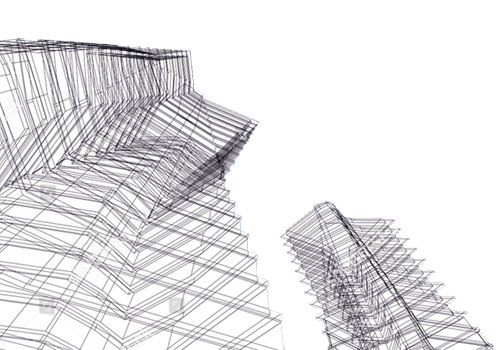The Role Of Building Codes And Regulations In Preventing Natural Disasters
Natural disasters can cause significant damage to buildings and infrastructure, resulting in loss of life and property. Building codes and regulations can play a critical role in managing the impact of natural disasters by ensuring that structures are designed and constructed to withstand these events. ETABS, Building Analysis and DesignSoftware CSI is an example of a tool that engineers can use to ensure compliance with building codes and regulations. The role of building codes and regulations in preventing natural disasters is critical, as they provide minimum standards for structural safety and outline specific materials and techniques that can improve a building's resilience.
In this
blog, we will explore the importance of building codes and regulations in
preventing natural disasters and how compliance with these codes can help
protect people and property during emergencies.
The Role
Of Building Codes And Regulations In Disaster Prevention:
● Building codes are sets of rules that
govern the design, construction, and upkeep of structures. These codes are
enforced by local and national authorities and aim to ensure the safety of the occupants of a building, as well as those
in the surrounding areas. Building codes take into account a range of
hazards, including natural disasters such as earthquakes, hurricanes, floods,
and wildfires.
● One of the critical roles of building
codes is to ensure that structures are built to withstand natural disasters.
For example, buildings in earthquake-prone regions must be designed to
withstand the forces generated by seismic events. Similarly, buildings in
hurricane-prone regions must be designed to resist high winds and rain.
Building codes stipulate the minimum standards for structural safety, and
failure to comply with these codes can result in unsafe structures.
● In addition to ensuring that
structures are built to withstand natural disasters, building codes also
require the use of specific materials
and techniques that can improve a building's resilience. For example, buildings
in wildfire-prone areas may be required to use fire-resistant materials such as
concrete, metal, or brick. Similarly, buildings in flood-prone areas may be
required to be elevated above the floodplain and incorporate flood-resistant
design features such as waterproofing and drainage systems.
Protecting
Occupants During Natural Disasters:
Building
codes also play a critical role in ensuring that buildings are constructed to
protect the occupants during natural disasters. For example, building codes
require that buildings have adequate means of egress and emergency lighting to
enable occupants to evacuate in the event of a fire or earthquake. Similarly,
buildings must be designed to provide safe shelter for occupants during
hurricanes or tornadoes.
Maintenance
To Prevent Natural Disasters:
Building
codes also play a critical role in ensuring that buildings are maintained to
prevent natural disasters. Regular inspections of buildings can identify
potential hazards such as cracks in the foundation, which may indicate a
building's vulnerability to earthquakes. Maintenance of drainage systems and
gutters can help prevent flooding in heavy rain.
Conclusion:
In
conclusion, building codes and regulations are critical in preventing natural
disasters. These codes ensure that structures are designed and constructed to
withstand natural disasters and protect the occupants during emergencies.
Compliance with building codes can save lives and reduce property damage,
making it an essential part of disaster preparedness. It is vital that
governments and individuals alike recognize the importance of building codes
and regulations and ensure that they are enforced to protect people and
property from natural disasters.



.png)
Comments
Post a Comment